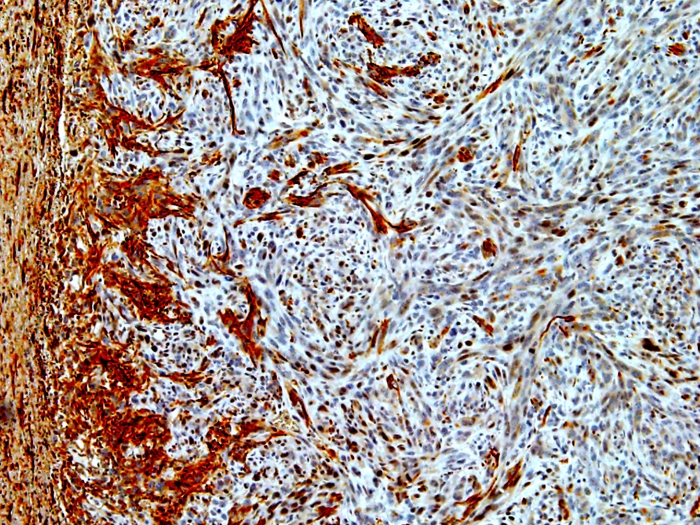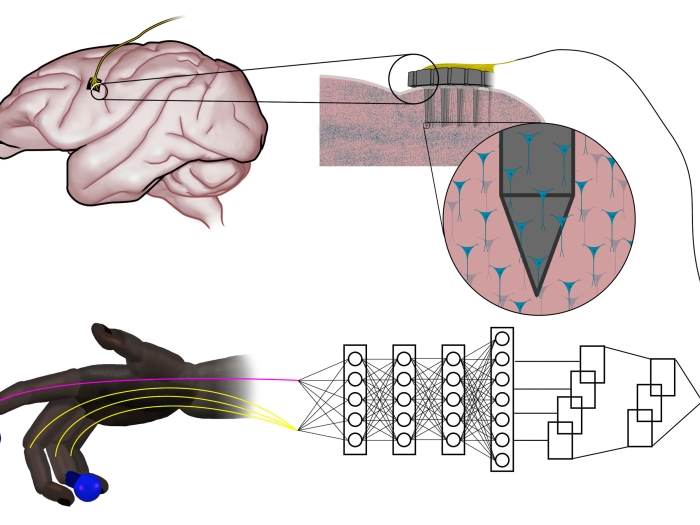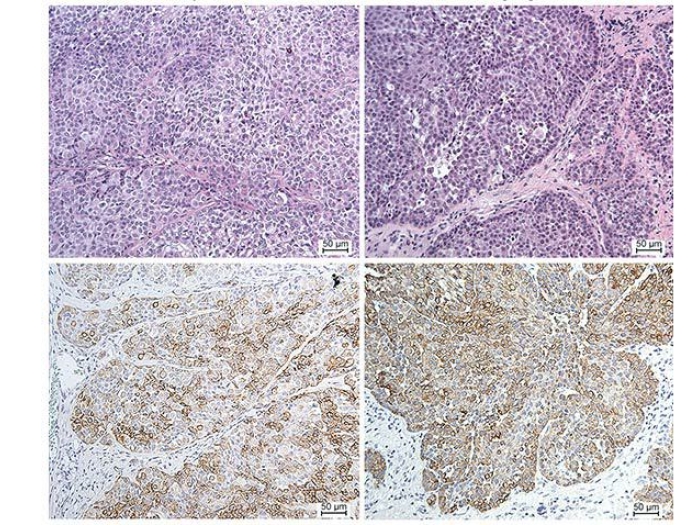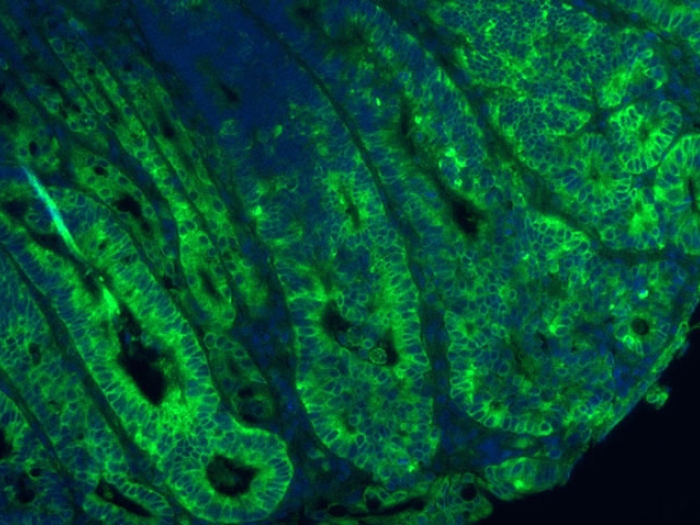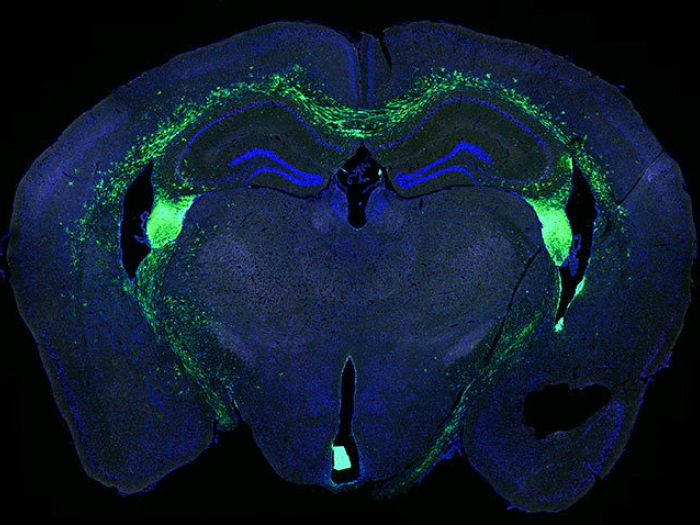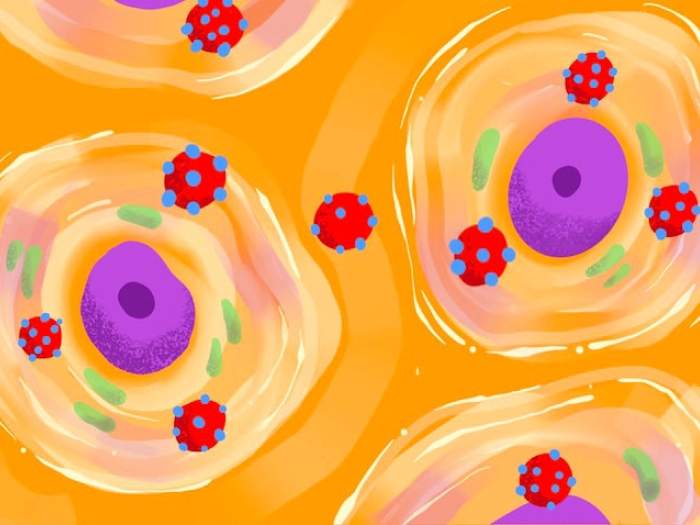Michigan Medicine researchers determine that receptors inside heart cells could be targets for better beta blockers.
7:59 AM
Author |
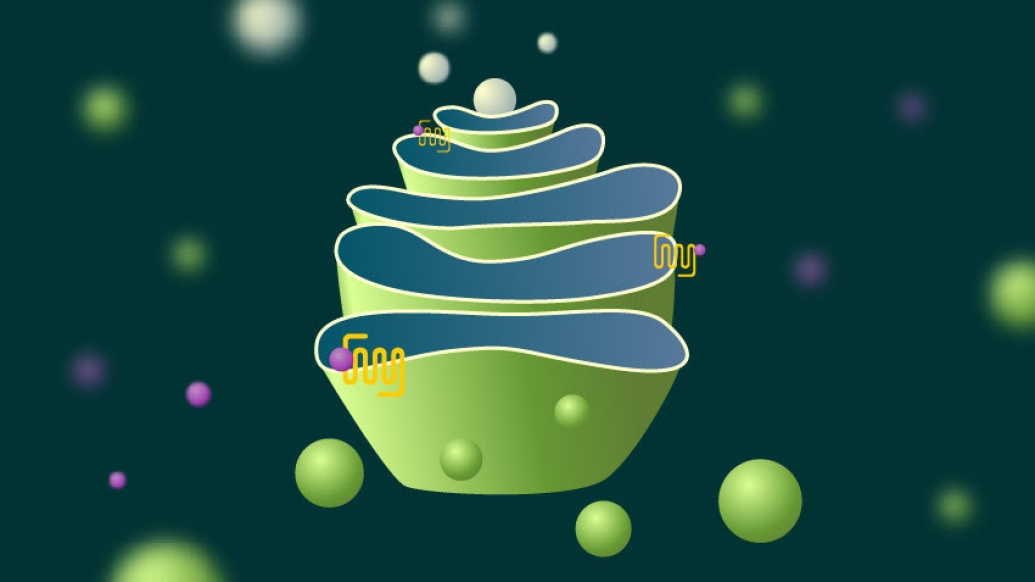
Beta blockers are versatile drugs that have been around since the 1960s that can help slow heart rate and lower blood pressure – a fact that isn't lost on certain musical soloists who take them to calm nerves before a big performance. However, a basic scientific discovery by Michigan Medicine researchers could lead to new and improved beta blockers for treating heart failure that capitalize on receptors deep inside the cell.
Alan Smrcka, Ph.D., a professor of pharmacology and professor of biophysics and his team has been studying a ubiquitous family of receptors called G-protein coupled receptors for years. G-protein coupled receptors regulate taste, smell, vision and also the action of hormones and neurotransmitters such as epinephrine.
Under stress, the body releases epinephrine and norepinephrine to make your heart pump harder and faster and prepare you to deal with stress during the so-called fight-or-flight response. While researchers are still teasing out the link between stress and heart disease, chronic stress can raise blood pressure and high blood pressure can lead to heart failure.
MORE FROM MICHIGAN: Sign up for our weekly newsletter
"We've been looking at chemical process inside the cell and discovered a process important for the regulation of heart failure," explains Smrcka. Specifically, they've been looking at a type of G-protein coupled receptors called the Beta1 adrenergic receptor. Chronic stimulation of these receptors in heart cells can lead to heart failure and blocking these receptors with beta blockers helps treat the disease.
But beta blockers don't always work and Smrcka's team, as they describe in their new paper in the journal eLife, may have discovered one reason why. While beta blockers are designed to target the beta1 adrenergic receptor on the surface of the heart cell, there are beta 1 receptors hidden inside the cell on an organelle known as the Golgi apparatus (or Golgi for short), which looks like a stack of folded pouches near the cell nucleus. While researchers have noted these receptors in this location before, they had no explanation for what they were doing there.
People didn't realize that property might be important for their actionAlan Smrcka, Ph.D.
"The reason for having it there is it allows the cell to regulate processes in the local vicinity," explains Smrcka. "The plasma membrane is very far away from the nucleus and the Golgi is very close. If you activate receptors close to the nucleus, it allows the cell to control gene transcription locally. The reaction is happening in a spatially confined area separate from the rest of the things that are going on inside the cell."
Beyond the role they play in cell signaling at the Golgi, these beta receptors represent a new drug target beyond the traditional cell surface targets. Drugs that aren't hydrophobic (meaning they do not repel water) cannot cross the cell surface membrane without help.
LISTEN UP: Add the new Michigan Medicine News Break to your Alexa-enabled device, or subscribe to our daily updates on iTunes, Google Play and Stitcher.
"The drugs that actually work for heart failure, for example carvedilol and metoprolol, are hydrophobic molecules and can cross the membrane without a transporter. People didn't realize that property might be important for their action," says Smrcka.
What's more, the team found that enlargement of the heart cell by norepinephrine, a neurotransmitter implicated in the development of chronic high blood pressure, required the stimulation of these Golgi-located beta receptors.
Their next goal is to see if blocking these internal receptors in mice does indeed treat heart failure under conditions that simulate high blood pressure.
In addition to Alan Smrcka, Ph.D., this paper includes Michigan Medicine authors Craig Nash, Ph.D., and Wenhui Wei of the Department of Pharmacology.
Paper cited: "Golgi localized β1-adrenergic receptors stimulate Golgi PI4P hydrolysis by PLCε to regulate cardiac hypertrophy", eLife 2019;8:e48167. DOI: 10.7554/eLife.48167

Explore a variety of healthcare news & stories by visiting the Health Lab home page for more articles.

Department of Communication at Michigan Medicine
Want top health & research news weekly? Sign up for Health Lab’s newsletters today!
